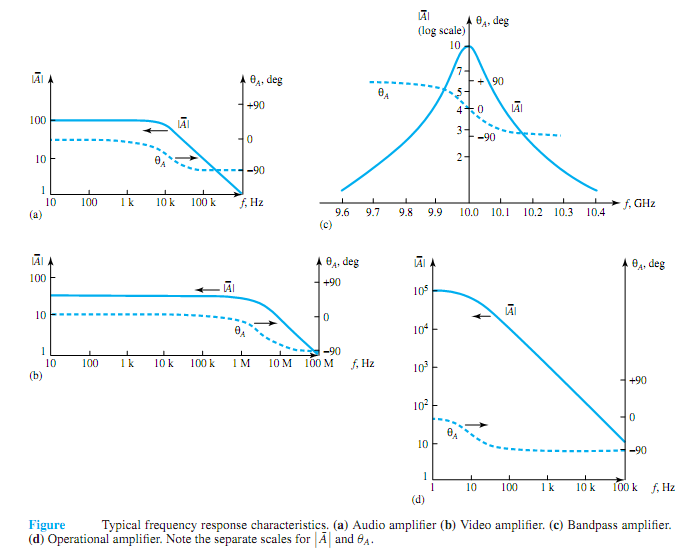Q. Explain basic working of Ideal operational amplifier?
The operational amplifier, known also as op amp, consists of several transistors, diodes, capacitors, and resistors. It is available in integrated-circuit form for less than one U.S. dollar. Being inexpensive, compact, and versatile, operational amplifiers are used in a variety of simple circuits.
Op-amp circuits, as we will see later, usually contain negative feedback. Op-amp circuits themselves can be regarded as building blocks. These blocks are characterized by their input resistance, output resistance, and open-circuit voltage amplification. The symbol for the op amp is shown in Figure. Two terminals labeled + and - are available for inputs. The voltages of these terminals are labeled with respect to the common terminal,


denoted by a ground symbol. The output voltage is related to the difference between the two input voltages as
vo = A(vp - vn)
where A is the open-loop voltage gain. Thus, the op amp is basically a form of differential amplifier, in which the difference vp - vn is amplified. For an output voltage on the order of 12 V, the difference voltage vd is on the order of 0.12 mV, or 120 µV. The input impedance Zi is on the order of 1 M�, while the output impedance Zo is on the order of 100 � to 1k�.